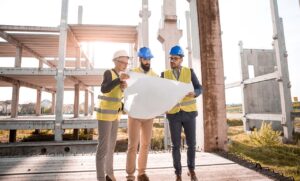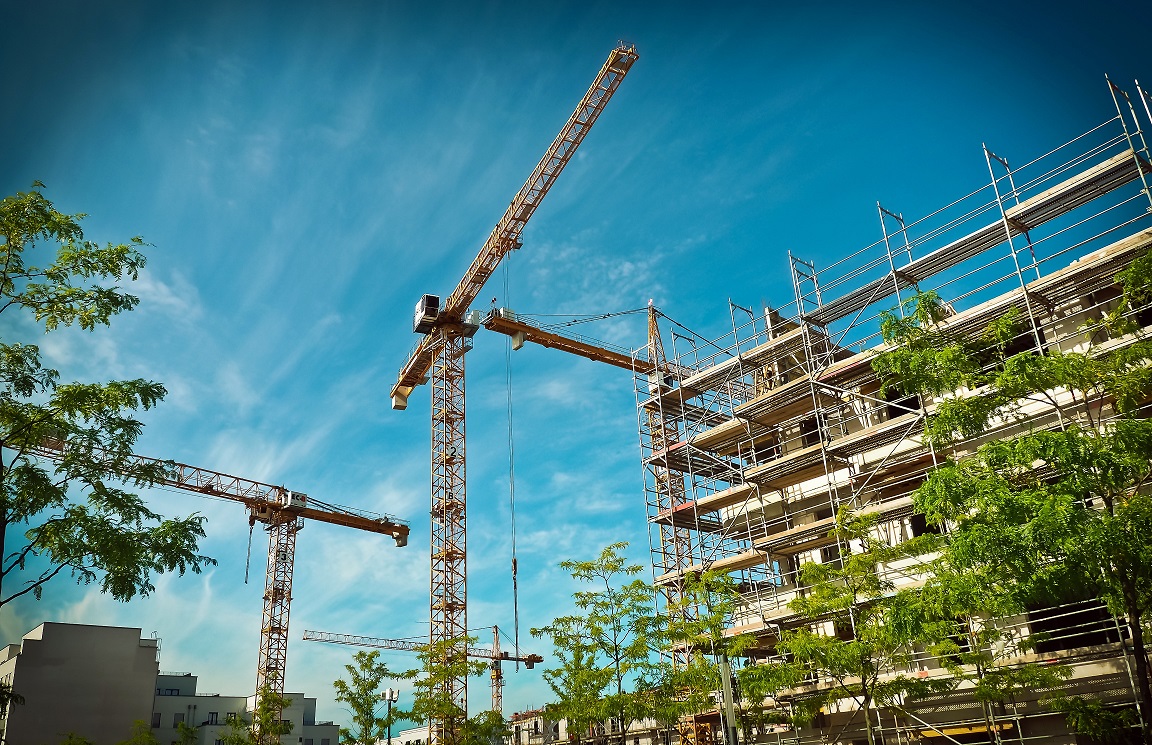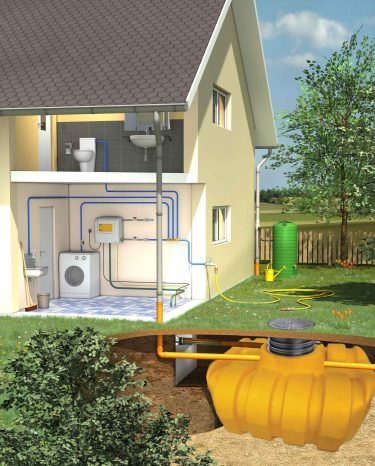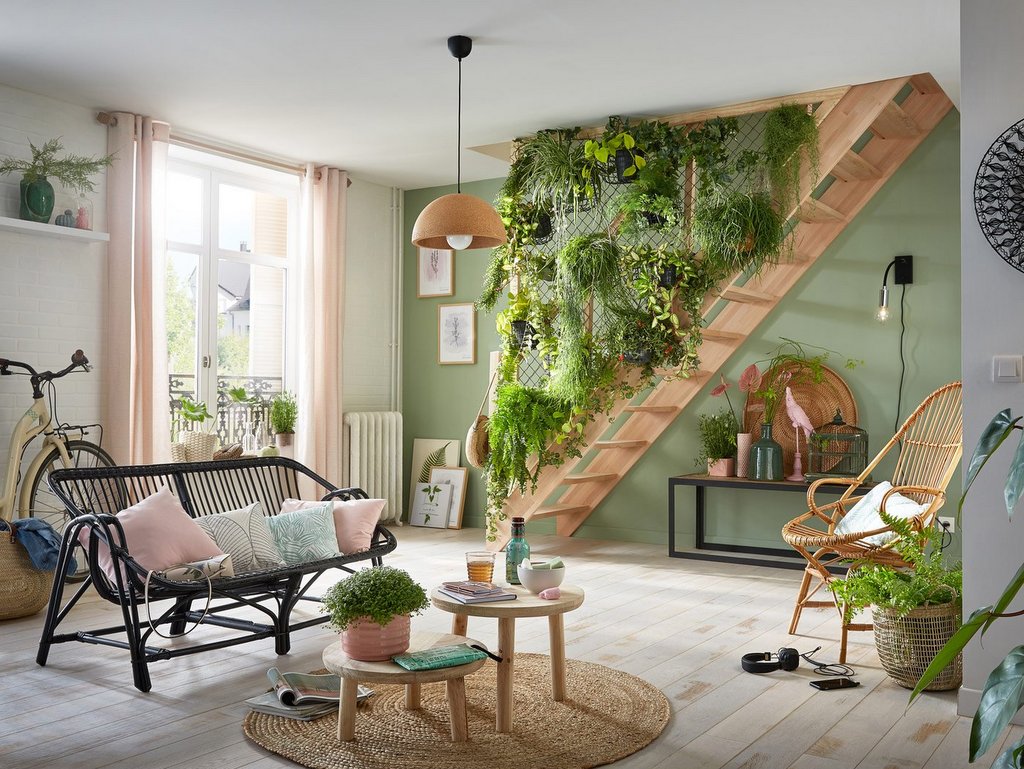
Sustainable Building Solutions: Eco-Friendly Construction Trends for Today’s Projects
In an era where environmental consciousness and sustainability are paramount concerns, the construction industry is undergoing a paradigm shift towards eco-friendly practices. Architects, builders, and developers are increasingly adopting sustainable construction trends to mitigate the environmental impact of their projects and contribute to a greener future. This article delves into the latest eco-friendly construction trends that are reshaping the industry.
Passive Design Principles: Harnessing Natural Elements for Efficiency
Passive design principles represent a fundamental shift in the way buildings are conceived and constructed, emphasizing the use of natural elements to enhance energy efficiency and occupant comfort. By orienting buildings to maximize solar gain, optimizing natural ventilation strategies, and utilizing thermal mass to regulate indoor temperatures, passive design minimizes reliance on mechanical heating and cooling systems, resulting in significant energy savings and reduced carbon emissions.
Energy-Efficient Systems: Optimizing Performance and Conservation
Energy-efficient systems play a pivotal role in reducing energy consumption and minimizing environmental impact in modern construction projects. By incorporating technologies such as high-efficiency HVAC systems, LED lighting fixtures, and renewable energy sources like solar panels and geothermal heat pumps, projects can achieve significant reductions in utility costs and greenhouse gas emissions over their lifecycle.
Additionally, strategies such as passive solar design, daylight harvesting, and building automation systems further enhance energy efficiency and occupant comfort, creating buildings that are not only environmentally friendly but also economically sustainable and operationally efficient.
Sustainable Site Development: Preserving Natural Resources and Biodiversity
 Sustainable site development focuses on minimizing the environmental impact of construction activities and preserving the natural features and ecosystems of the project site. Through strategies such as site selection, stormwater management, and habitat restoration, projects can minimize soil erosion, reduce water consumption, and enhance biodiversity.
Sustainable site development focuses on minimizing the environmental impact of construction activities and preserving the natural features and ecosystems of the project site. Through strategies such as site selection, stormwater management, and habitat restoration, projects can minimize soil erosion, reduce water consumption, and enhance biodiversity.
Additionally, green infrastructure features such as permeable pavements, green roofs, and rain gardens help manage stormwater runoff and improve water quality, mitigating the adverse effects of urbanization on the surrounding environment. By incorporating sustainable site development practices, projects can minimize their ecological footprint, protect sensitive habitats, and promote harmony between the built environment and the natural world.
Waste Reduction and Recycling: Minimizing Construction Debris and Landfill Waste
Waste reduction and recycling initiatives are essential for minimizing the environmental impact of construction projects and diverting materials from landfills. Through strategies such as deconstruction, salvaging, and recycling of construction waste, projects can minimize waste generation and conserve valuable resources. Moreover, adopting prefabrication and modular construction techniques can help optimize material usage and reduce on-site waste generation, resulting in cost savings and environmental benefits. By prioritizing waste reduction and recycling, projects can demonstrate their commitment to sustainability, minimize their environmental footprint, and contribute to a circular economy where resources are reused and recycled in a closed-loop system.
Water Conservation Measures: Promoting Efficient Water Use and Management
 Water conservation measures are crucial for reducing water consumption and promoting sustainable water management in modern construction projects. Through strategies such as the use of low-flow fixtures, rainwater harvesting systems, and greywater recycling, projects can minimize water usage and alleviate pressure on local water supplies.
Water conservation measures are crucial for reducing water consumption and promoting sustainable water management in modern construction projects. Through strategies such as the use of low-flow fixtures, rainwater harvesting systems, and greywater recycling, projects can minimize water usage and alleviate pressure on local water supplies.
Additionally, incorporating drought-resistant landscaping and water-efficient irrigation systems further enhances water conservation efforts and promotes ecosystem health. By prioritizing water conservation measures, projects can reduce operating costs, mitigate water-related risks, and demonstrate environmental stewardship in their communities.
Green Building Materials: Embracing Sustainable Sourcing and Innovation
The adoption of green building materials is a cornerstone of sustainable construction, offering alternatives to traditional materials that are environmentally harmful or resource-intensive. From recycled steel subjected to the appealing stainless steel polishing process that takes its appearance to the next level and reclaimed wood to low-emission paints and non-toxic insulation, green building materials prioritize sustainability, durability, and occupant health.
Furthermore, advances in material science have led to the development of innovative products such as bio-based composites, hempcrete, and bamboo flooring, providing builders with a diverse array of eco-friendly options to choose from. By embracing green building materials, projects can reduce their carbon footprint, promote resource conservation, and create healthier indoor environments for occupants.
Healthy Indoor Environments: Prioritizing Occupant Wellbeing and Comfort
 Creating healthy indoor environments is paramount for promoting occupant well-being, productivity, and comfort in modern construction projects. Through strategies such as daylighting, natural ventilation, and the use of low-emission materials, projects can enhance indoor air quality and create spaces that support health and wellness.
Creating healthy indoor environments is paramount for promoting occupant well-being, productivity, and comfort in modern construction projects. Through strategies such as daylighting, natural ventilation, and the use of low-emission materials, projects can enhance indoor air quality and create spaces that support health and wellness.
Furthermore, incorporating biophilic design elements such as green walls, indoor gardens, and natural finishes can reduce stress, improve cognitive function, and foster connections to nature. By prioritizing healthy indoor environments, projects can enhance occupant satisfaction, productivity, and overall quality of life.
Sustainable construction trends are driving a paradigm shift in the construction industry, offering opportunities to create buildings that are environmentally responsible, resource-efficient, and resilient to climate change.
As the construction industry continues to evolve, embracing sustainable practices will be essential for addressing global challenges such as climate change, resource scarcity, and urbanization, and creating a more sustainable and equitable world for all.